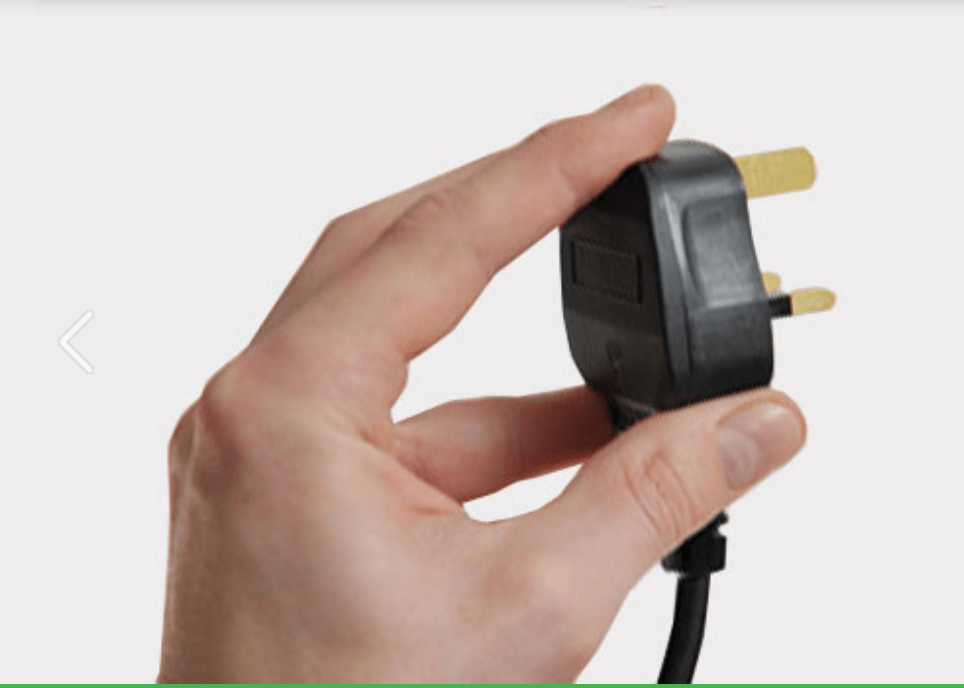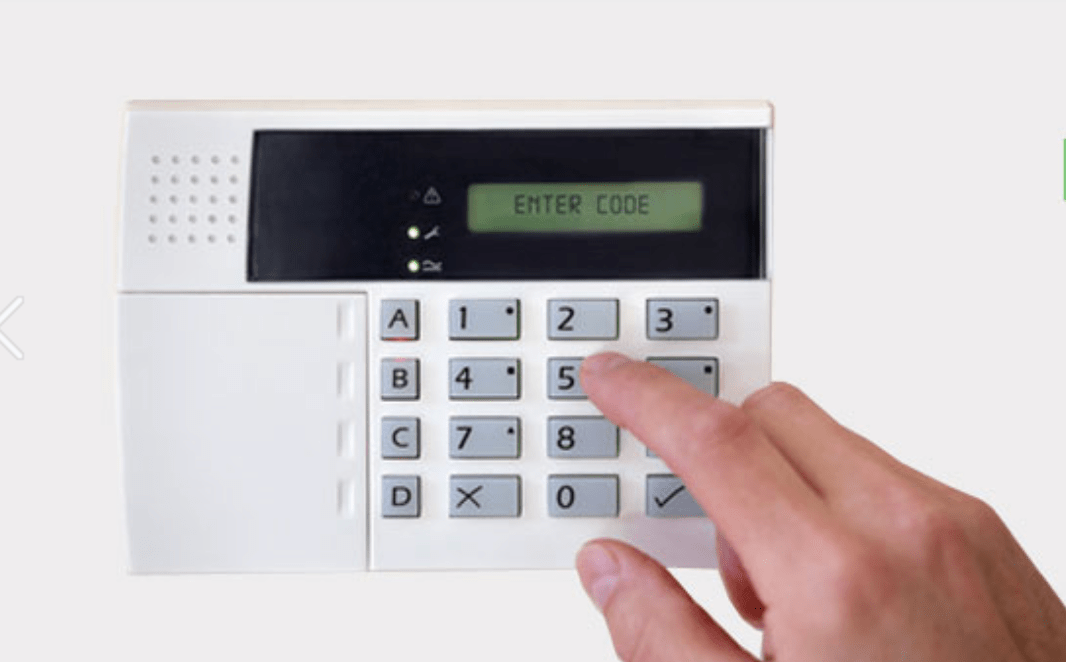system
An unsymmetrical fault can cause damage to equipment and lead to power outages. Because of this, it is important to be aware of the potential for this type of fault and take steps to prevent it from happening.

It's important to be able to identify the different types of faults in order to take the necessary corrective action. There are 5 common types of electrical faults in electric power systems.
One of the most common electrical faults in an electric power system is a short circuit. This occurs when there is a break in the continuity of the circuit, causing an uncontrolled flow of current.
An unsymmetrical fault can cause damage to equipment and lead to power outages. Because of this, it is important to be aware of the potential for this type of fault and take steps to prevent it from happening.

These are some of the most common types of electrical faults that can occur in an electric power system. While not all of these faults are equally damaging, they can all lead to disruptions in the power system.
When an open circuit fault occurs, it means that there is a break or interruption in the path of the current. This can happen due to a number of reasons, including a broken wire, a loose connection, or a blown fuse.


While symmetrical faults are generally not as damaging as other types of electrical faults, they can still cause significant disruptions to the power system. In some cases, symmetrical faults can cause a complete blackout. As such, it is important for electric utilities to have systems in place to detect and quickly respond to symmetrical faults.
One of the most common types of fault is the symmetrical fault which can occur due to a variety of reasons like lightning, fallen trees, animals etc. Symmetrical fault is characterised by equal current on all phases and zero current flowing through ground.